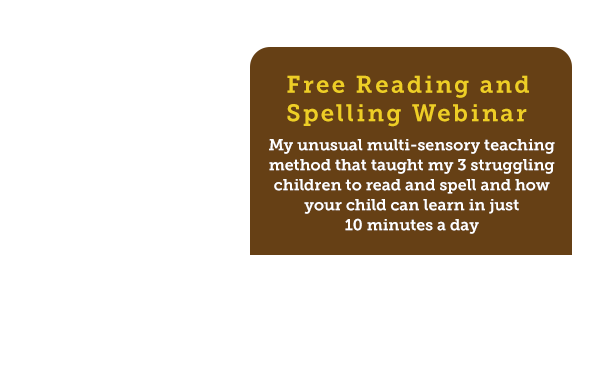There are three simple steps you can follow to deal with anxiety in children.
Anxiety is not uncommon in children with school learning difficulties, disabilities or differences.
In fact, I have just successfully gone through this 3-step process with my own daughter, so I thought I would share it with you.
The first step starts with sitting down with them and having a conversation, this may be easier with girls than with boys.
If you want to have a deep and meaningful conversation with your son, you might try doing a physical activity with them. This can include; going for a walk, doing the dishes side by side, doing a job or working on creative project.
Once they are relaxed and you feel that they are ready, start with the first step.
1. Write down how they are feeling
emotional intelligence.”
Things they might be feeling may include; sad, frustrated, angry, not understanding the way they feel or thinking there is no solution.
In the beginning, don’t worry about why they are feeling the way they do, just concentrate on how they are feeling, the WHY comes later.
2. Identify their number one issue
There may be a whole range of things that are affecting them. They might say; “I feel dumb and stupid, no one will play with me, the teacher doesn’t understand what I need to learn, the kids at school tease me, my big brother or sister doesn’t get me, or everyone is faster than me.”
Once you have made this list, you need to find the number one, most pressing issue, that is affecting them at this time. This is your child’s number one issue. This may be different to what you think it is. It is important to identify what your child sees as their number one concern.
Try and make sure that you talk through these issues and define exactly what it is, that is upsetting them. Just saying “I hate school” is too broad, get your child to be more specific, what is it exactly that they hate about school. It might take some time and lots of questions, but to address the issue you need to know specifically what is it about school that they hate?
Put some strategies in place to help work on this area of concern first. Ask others for support and possible solutions; teachers, psychologists, your child and family friends. Find proactive ways to address this area of concern.
3. Create a happy list for your child
This might be hard at first because of how they are feeling, but persevere until they start to come up with ideas. You can prompt them with things you know make them happy or make them smile.
For my daughter; she is happy playing sports, playing with our dogs and having someone prepare her yummy food to eat.
Make a big list and make this your child’s ‘happy list’. When they are feeling sad or anxious, this gives them a go-to list. Get your child to incorporate the activities on their ‘happy list’ into each day or a number of times each week.
I really hope this 3-step strategy can help your child, just like it helped my daughter. It’s simple but effective and works for all age groups. If you would like to see a video on Facebook where I talk about this further go here and if you would like to watch it on YouTube go here.


















